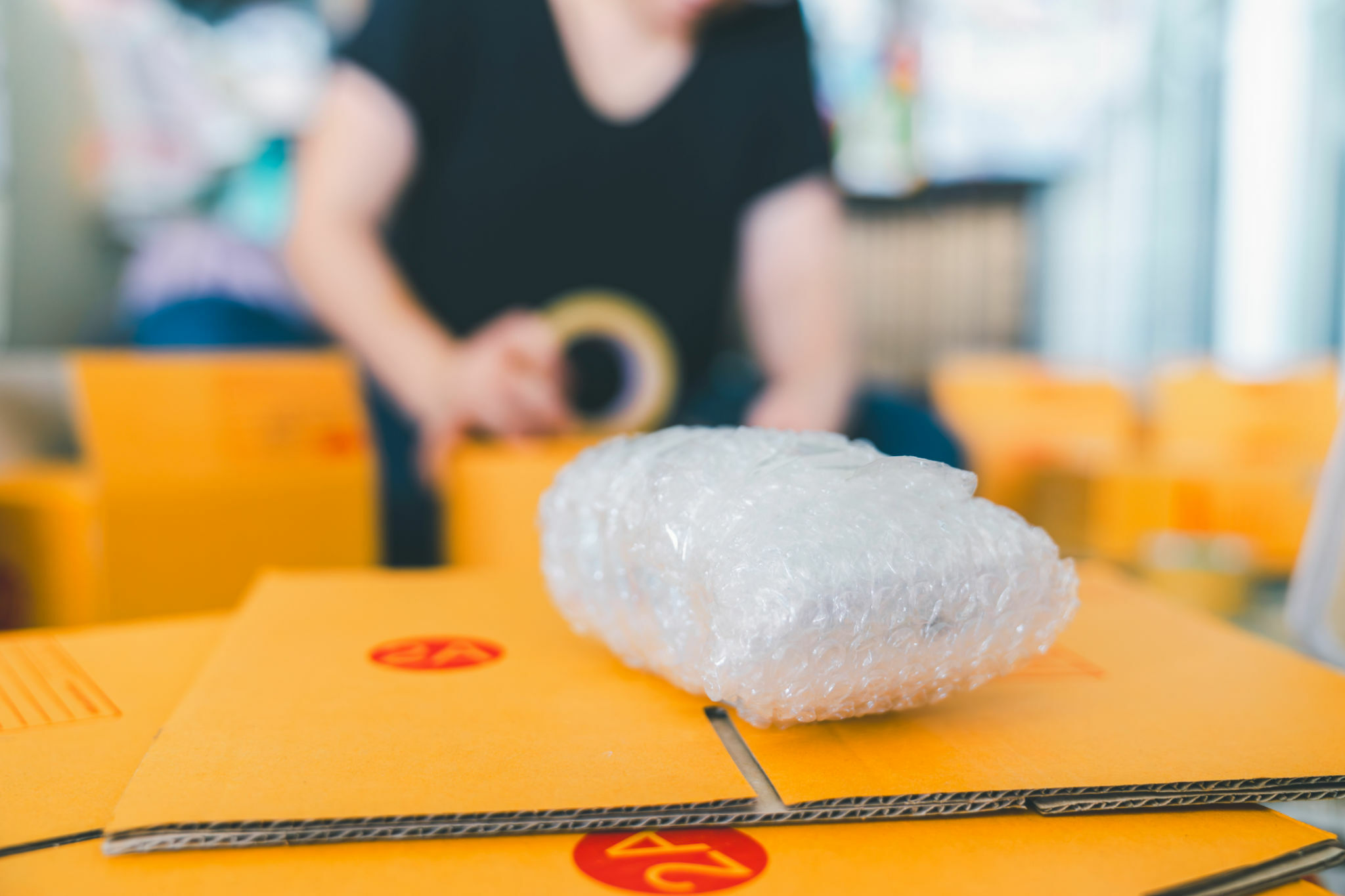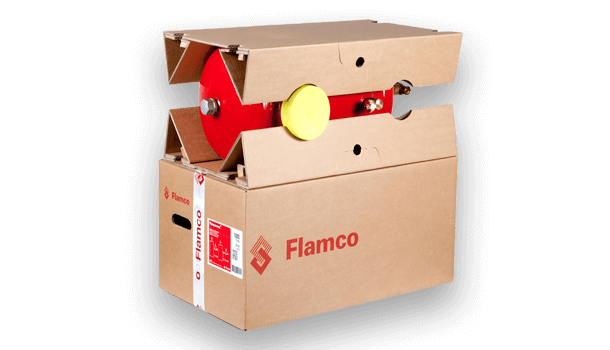Industrial Metal Packaging: Strength and Sturdiness in Every Design
Industrial Metal Packaging: Strength and Sturdiness in Every Design
Blog Article
Reliable Industrial Recycling Solutions for Lasting Packaging: A Comprehensive Overview
That's where this comprehensive overview on effective commercial recycling options for lasting packaging comes in. By exploring key locations such as packaging product option, developing for recyclability, executing recycling framework, teaming up with recycling partners, and monitoring and gauging recycling success, this guide will equip you with the knowledge and tools required to make enlightened choices and drive favorable modification within your organization. Whether you're a product packaging specialist, sustainability manager, or simply interested in the subject, this overview will offer useful insights and techniques to assist you navigate the world of lasting packaging.
Packaging Material Selection
The option of packaging materials plays a vital duty in ensuring the sustainability of industrial recycling options. The choice of materials is vital in minimizing ecological impact and taking full advantage of reusing efficiency when it comes to sustainable packaging. Choosing the right products can aid minimize waste generation, save sources, and promote a round economic climate.
One crucial element to take into consideration in product packaging product selection is recyclability - industrial packaging solutions. Materials that can be quickly reused and included back into the manufacturing cycle are favored. Materials like cardboard, paper, glass, and specific types of plastics can be recycled numerous times without shedding their quality. On the other hand, products that are difficult to reuse, such as blended plastics or non-recyclable compounds, can produce difficulties for the recycling process and may finish up in incinerators or landfills.
Another consideration is using eco-friendly and renewable products. Packaging made from eco-friendly sources, such as plant-based plastics or biopolymers, can assist decrease reliance on fossil gas and mitigate environment change. Additionally, biodegradable materials damage down naturally in time, reducing the build-up of waste in landfills.
In addition, the weight and quantity of packaging materials ought to be decreased to lower transportation prices and energy intake. Lightweight products not just require less resources during production but likewise add to decrease carbon exhausts throughout transportation.
Creating for Recyclability
Packaging developers ought to focus on the use of products that are commonly approved for recycling and have developed recycling facilities. Materials such as glass, light weight aluminum, and certain types of plastic, like PET and HDPE, are commonly reused and need to be liked over materials that are challenging or costly to reuse.
An additional crucial factor to consider in designing for recyclability is the removal of unnecessary parts or materials. By lessening the number of layers, finishings, and extra components, product packaging can be made less complex and simpler to recycle. Furthermore, developers ought to intend to lower the use of mixed products, as they can complicate the recycling process.

Implementing Recycling Facilities
Efficient execution of recycling framework is important for the success of industrial recycling services. Without correct framework in position, the recycling process comes to be ineffective and ineffective, impeding the total objective of sustainable packaging.
To carry out recycling infrastructure successfully, several crucial variables require to be considered. There must be an efficient collection system that facilitates the separation and collection of recyclable materials. This can include designated reusing containers in public spaces, as well as partnerships with waste management firms for curbside pickup and sorting.
As soon as gathered, the recyclable materials require to be delivered to reusing centers in a prompt way. This requires reliable logistics and transportation networks, guaranteeing that the materials reach the ideal centers without delay.
At the reusing facilities, advanced sorting and processing technologies should be in place to separate different kinds of materials effectively. This includes making use of automated arranging equipments, optical scanners, and manual sorting strategies.
Moreover, there need to be a robust market need for recycled materials. This can be achieved through partnerships with makers and markets that utilize recycled materials in their production procedures. Creating a stable market for recycled products incentivizes the recycling This Site industry and promotes the circular economic situation.
Teaming Up With Recycling Allies

One key element of collaborating with recycling companions is the facility of clear interaction channels. It is necessary to establish open lines of interaction to promote the exchange of information, updates, and responses. This allows both parties to remain educated concerning the progression of reusing campaigns and attend to any obstacles or concerns that may emerge.
Additionally, partnership can include collaborations in designing and implementing recycling programs. Reusing partners can offer useful insights and guidance in establishing effective collection systems and figuring out the most proper recycling technologies. By interacting, companies and reusing companions can maximize the reusing procedure and lessen waste.
In addition, collaboration can prolong beyond the functional aspects of reusing. It can additionally incorporate advocacy and education initiatives. By joining forces, companies and reusing companions can raise recognition concerning the importance of recycling and advertise the fostering of lasting packaging techniques among customers and various other stakeholders.
Monitoring and Measuring Recycling Success
To make certain the efficiency of commercial recycling solutions and the accomplishment of lasting product packaging objectives, it is critical for businesses and their reusing partners to develop a comprehensive system for tracking and measuring recycling success (plastic container manufacturer). Tracking and measuring reusing success allows services to evaluate the effect of their reusing initiatives, recognize locations for improvement, and established purposeful targets for future development
One way to track reusing success is via using information collection and evaluation devices. By collecting data on the quantity of packaging waste generated, the portion of waste that is reused, and the kinds of materials being recycled, services can obtain valuable insights into their reusing performance. This information can then be analyzed to identify trends, patterns, and locations of ineffectiveness.
An additional important element of monitoring and determining reusing success is establishing clear and standardized metrics. This permits organizations to contrast their performance versus market criteria and track their progression in time. Metrics such as reusing rates, waste diversion rates, and greenhouse gas discharges can give a quantitative measure of a service's recycling success.

Conclusion
In final thought, implementing effective commercial recycling remedies for lasting packaging calls for cautious factor to consider of product packaging product choice, creating for recyclability, executing reusing framework, working together with recycling companions, and tracking and determining Resources recycling success. By including these practices, companies can add to an extra sustainable and environmentally-friendly technique to product packaging, decreasing waste and promoting the circular economic situation.
By exploring key areas such as product packaging material choice, designing for recyclability, applying reusing infrastructure, working together with recycling partners, and monitoring and determining reusing success, this overview will certainly furnish you with the knowledge and tools necessary to make informed choices and drive favorable modification within your organization. Packaging developers should focus on the usage of products that are commonly accepted for recycling and have actually established recycling infrastructures.Partnership with recycling companions is important for the effective application of industrial reusing solutions and the accomplishment of sustainable product packaging objectives. By i thought about this joining pressures, organizations and reusing partners can elevate awareness concerning the importance of reusing and promote the adoption of lasting product packaging techniques among consumers and other stakeholders.
By accumulating information on the amount of packaging waste generated, the percentage of waste that is reused, and the types of products being reused, services can obtain important understandings right into their reusing efficiency.
Report this page